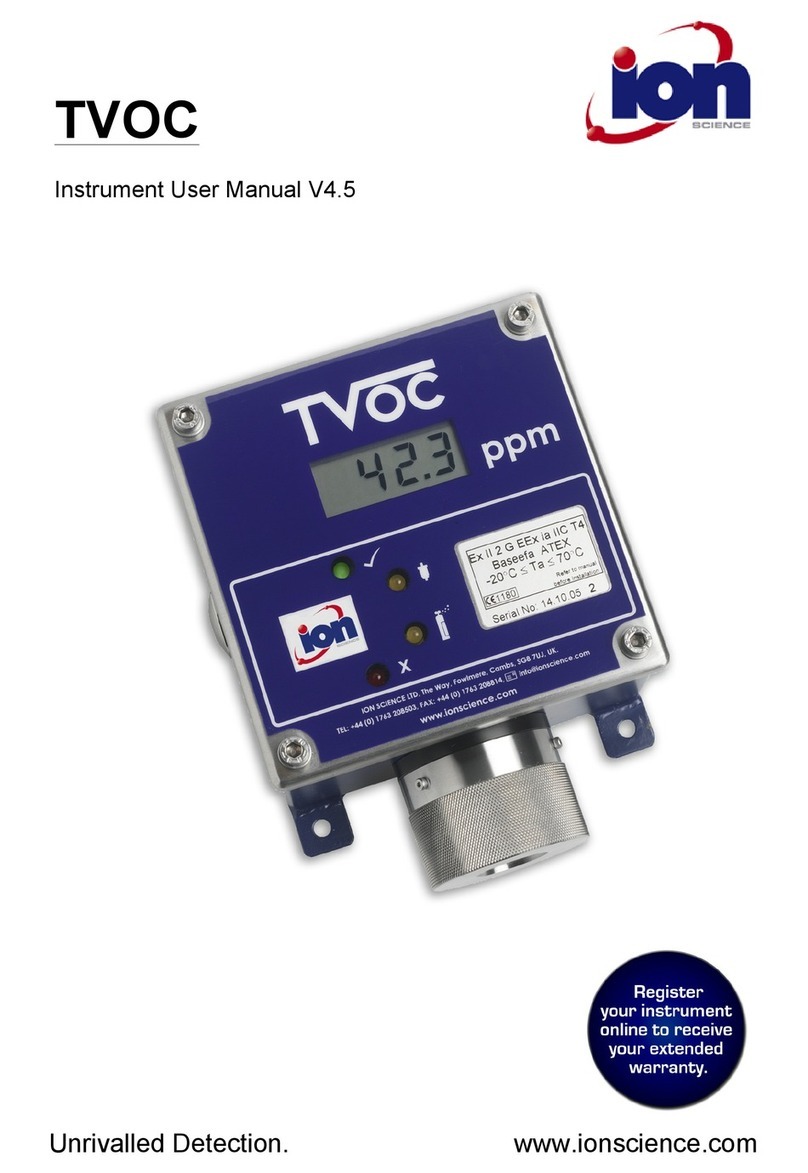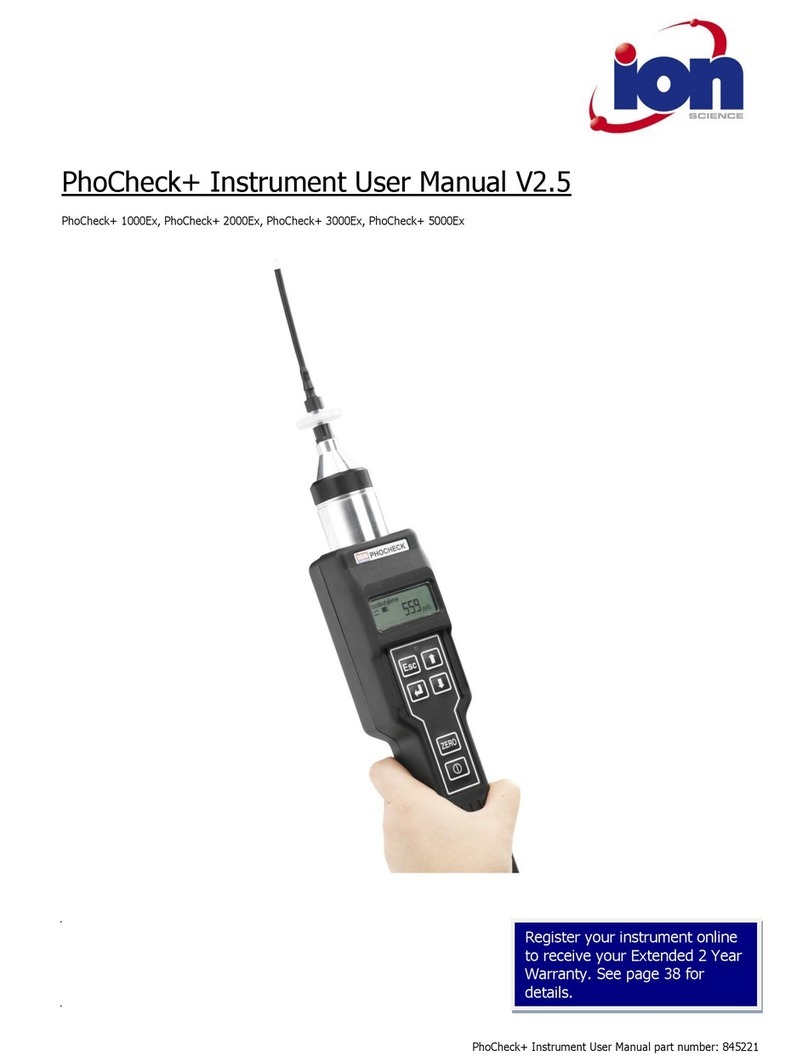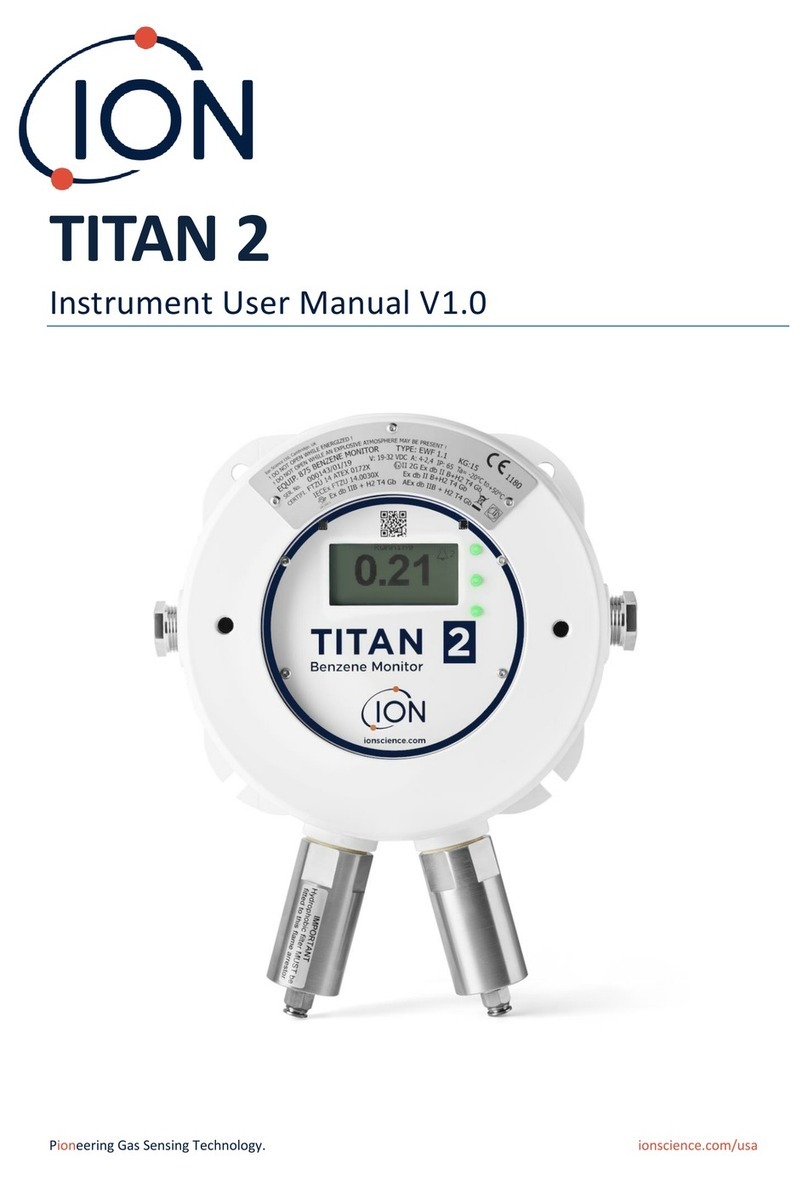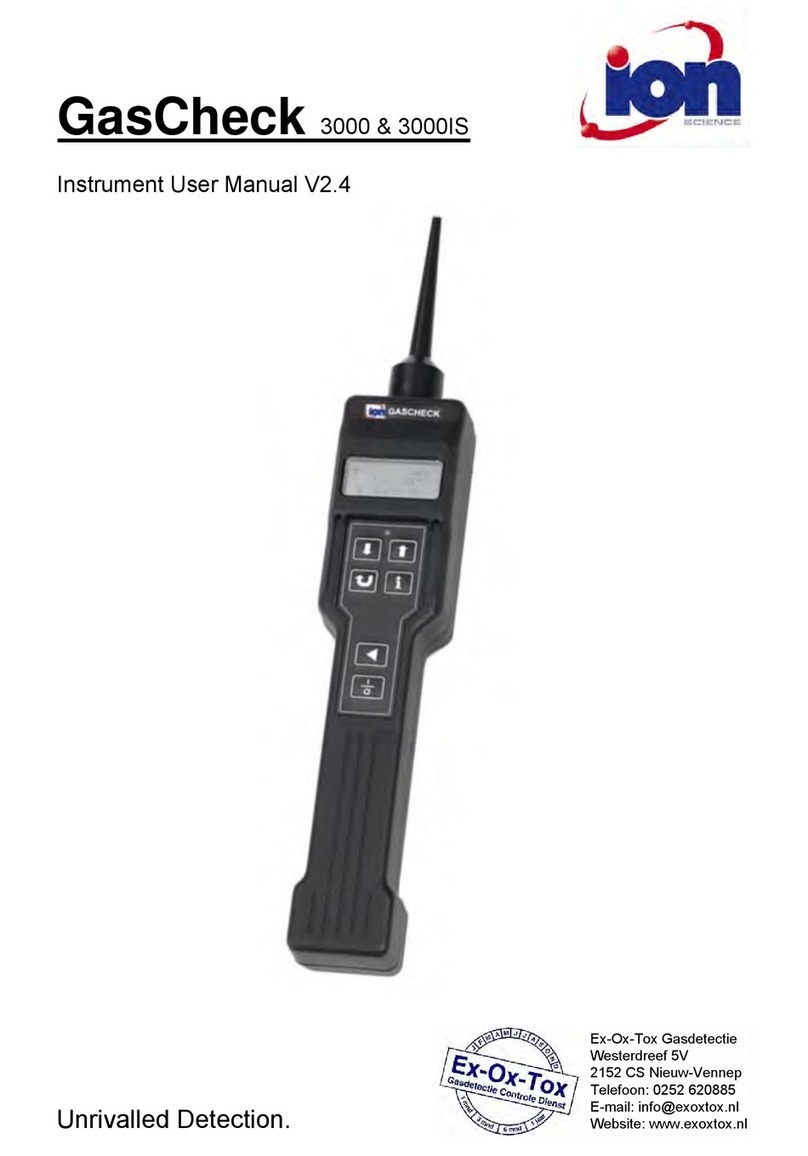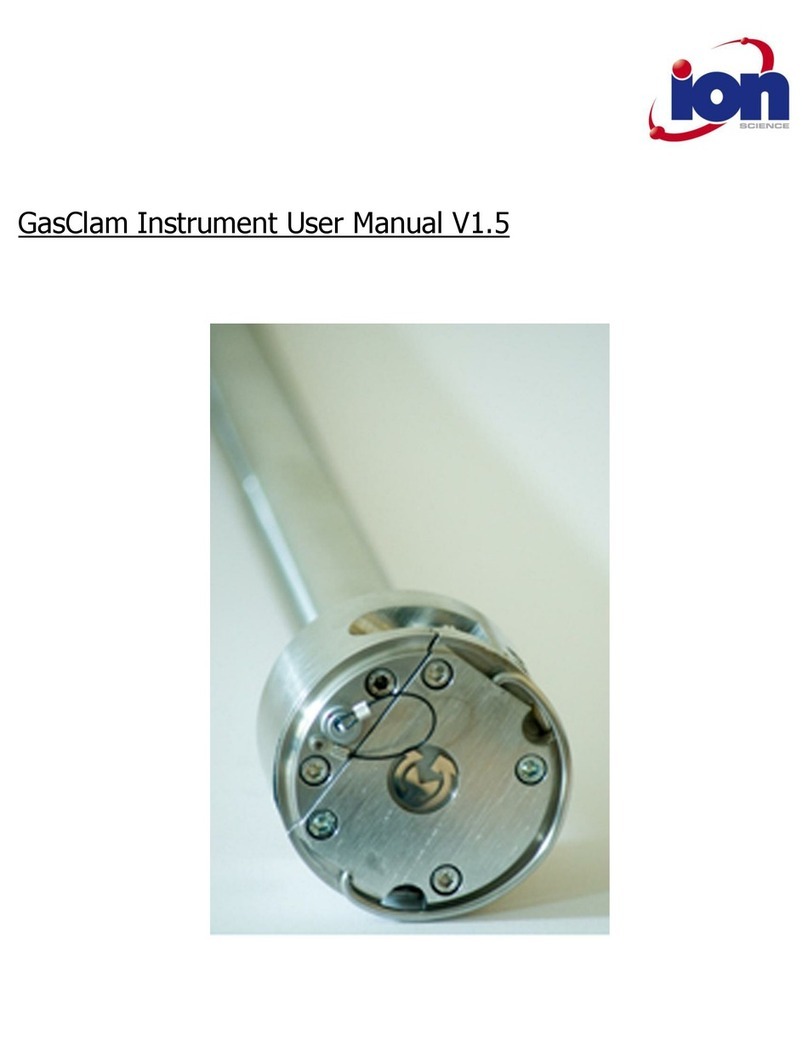Contents________________________________________________________________________
Declaration of conformity 4
Statements 5
Validity of this Manual .....................................................................................................................................................5
Responsibility for Correct Use..........................................................................................................................................5
Warnings ..........................................................................................................................................................................5
Quality Assurance.............................................................................................................................................................5
Disposal ............................................................................................................................................................................5
Legal Notice......................................................................................................................................................................5
Warranty ..........................................................................................................................................................................5
Service ..............................................................................................................................................................................5
Contact details..................................................................................................................................................................6
Introduction to GasClam 2 7
Package Contents............................................................................................................................................................. 8
Parts Description..............................................................................................................................................................8
How the GasClam 2 Works...............................................................................................................................................9
User Accessible Parts........................................................................................................................................................9
Planning Monitoring and Site Preparation 9
Number of Units and Site Layout...................................................................................................................................10
Hazardous Areas.............................................................................................................................................................10
Borehole Headworks......................................................................................................................................................10
GasClam 2 Configuration and Setup 11
Software .........................................................................................................................................................................11
Power Supply Options....................................................................................................................................................11
External Power Supply ...................................................................................................................................................12
Remote Data Acquisition................................................................................................................................................12
Battery Life and Sample Count.......................................................................................................................................12
The Effects of Temperature and Humidity on Sample Count........................................................................................13
Temperatures Below 0°C................................................................................................................................................14
The Effects of Water on a GasClam 2.............................................................................................................................14
How the GasClam 2 Prevents Water Entering From Below...........................................................................................14
How the GasClam 2 Prevents Water Entering From Above...........................................................................................15
Optimising GasClam 2 Performance ..............................................................................................................................15
Start Monitoring 15
Changing Batteries .........................................................................................................................................................15
Connecting the GasClam 2 to a PC.................................................................................................................................17
Check Voltages and Settings ..........................................................................................................................................17
Installing the GasClam 2 in a Borehole..........................................................................................................................17
Turning the GasClam 2 On .............................................................................................................................................18
Leaving the Site ..............................................................................................................................................................18
Site Visits 18
Regular Checks ...............................................................................................................................................................19
Data Retrieval.................................................................................................................................................................19
Leaving the Site ..............................................................................................................................................................19
Calibration, Servicing and Storage 19
Unit Calibration and Service...........................................................................................................................................19
Storing the GasCalm when Not In Use...........................................................................................................................20
Filter Management.........................................................................................................................................................20
Inspecting and Replacing the Moisture Filter ................................................................................................................20
User Serviceable Parts....................................................................................................................................................21
User Spare Parts.............................................................................................................................................................22
Fault Finding 23
Software .........................................................................................................................................................................23
The Effects of Flooding on Data and the GasClam 2......................................................................................................23
Potential Problems when GasClam 2 used Below 0°C...................................................................................................23
Technical Specification 24
General Specification .....................................................................................................................................................24
Dimensions.....................................................................................................................................................................25
Built-in Sensors...............................................................................................................................................................25
Gas Sensor Specifications...............................................................................................................................................25












